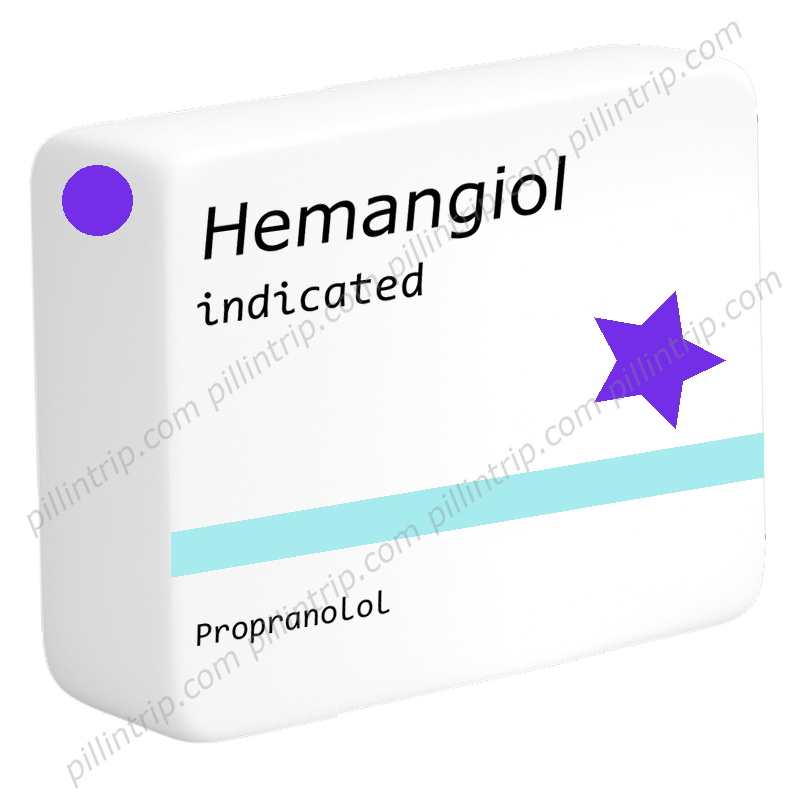Hemangiol
Liens rapides vers des sections importantes
Hemangiol

Medically reviewed
Last updated on 12/22/2025
Cette page fournit des informations générales et de référence, compilées à partir de sources médicales officielles. Elle ne remplace pas un avis médical professionnel, un diagnostic ou un traitement. Pour toute décision concernant votre santé, veuillez consulter un professionnel de santé qualifié.
Présentation générale de Hemangiol
Quels effets indésirables sont possibles avec Hemangiol ?
Surdosage et conduite à tenir en cas d’urgence
Utilisations thérapeutiques de Hemangiol
Conditions d’utilisation et restrictions
Que faut-il savoir sur les interactions avec d’autres médicaments ?
Mécanisme d’action
Informations sur la posologie et l’administration
Données cliniques récentes
Foire aux questions (FAQ)
Comment Hemangiol doit-il être conservé et éliminé ?
Attention! Consultez toujours un médecin ou un pharmacien avant d'utiliser des pilules ou des médicaments.
Équivalent de Hemangiol trouvé dans:
 Russia
Russia Mexico
Mexico Colombia
Colombia India
India Georgia
Georgia Lebanon
Lebanon Bosnia & Herzegowina
Bosnia & Herzegowina Israel
Israel Canada
Canada USA
USA Argentina
Argentina Thailand
Thailand Indonesia
Indonesia South Korea
South Korea Turkey
Turkey Malasia
Malasia Bangladesh
Bangladesh China
China Brasil
Brasil Ukraine
Ukraine Vietnam
Vietnam Phillipines
Phillipines Costa Rica
Costa Rica Tunisia
Tunisia Macedonia
Macedonia Hong Kong
Hong Kong Serbia
Serbia Japan
Japan Kenya
Kenya South Africa
South Africa Oman
Oman Belize
Belize Egypt
Egypt Taiwan
Taiwan Venezuela
Venezuela Ecuador
Ecuador Australia
Australia Chile
Chile Trinidad & Tobago
Trinidad & Tobago Bahrain
Bahrain Peru
Peru New Zealand
New Zealand Myanmar
Myanmar Singapore
Singapore Pakistan
Pakistan Croatia (Hrvatska)
Croatia (Hrvatska) Slovenia
Slovenia